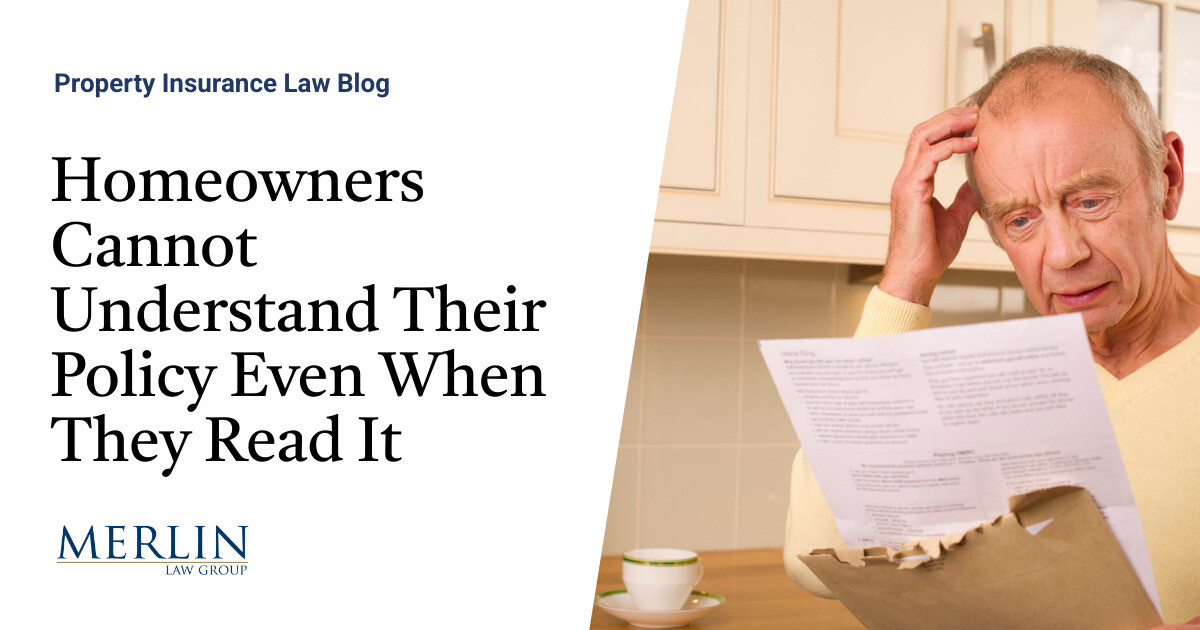
Key Takeaways:Have you heard about the ‘80% Rule’ as it relates to your homeowner’s insurance? Maybe you have heard it referred to as the ’80/20 Coinsurance Rule’?Either way, the 80% Rule suggests that your homeowner’s insurance needs to cover at least 80% of the total replacement cost of your home’s current value.If it doesn’t, you could be subject to penalties for being underinsured or underreporting the value of your home.In fact, some states, e.g., California, Connecticut, Florida, Louisiana, and others, have laws requiring homeowners to insure their homes for at least 80% of the home’s total replacement costs.Additionally, most (if not all) mortgage lenders require homeowners to adhere to the 80% rule at the least and may require increases in policy coverages when necessary.As home values have soared in most communities within the last few years, now is a good time to provide a comprehensive guide to help you negotiate the complex landscape of home insurance and avoid costly mistakes.
Here are some key explanations and timely tips to meet the 80% home insurance requirement and protect your home in the future.Home Insurance and the 80% Rule ExplainedThe 80% Rule for homeowner’s insurance states that homeowners should maintain insurance coverage that meets or exceeds 80% of the home’s total replacement cost value.Replacement cost is the cost of building materials, labor, and all related expenses needed to rebuild the home to it’s current state, including upgrades, finishes, and personal property, e.g., appliances.This is not the same as Market Value.Ensuring that your home is insured at 80% or better also provides protection should you incur partial damages.
If you home is underinsured, your insurance carrier will apply a compliance penalty for partial damages that can significantly reduce your coverage and pass the financial burden on to you instead.Later in this article, we explain the penalties and provide examples of the financial burden they present.Replacement Cost Value vs.Market ValueDefining replacement cost vs.
market value is crucial when targeting precise coverage amounts.If you use the wrong value, you can end up overpaying for coverage or not protecting your home adequately.Here is a breakdown of the differences between replacement cost value and market value:Replacement Cost ValueMarket ValueUnderstanding the difference between replacement value and market value is important, e.g., a home in an ultra-desirable location could have a market value of $500,000, but the replacement cost to rebuild the house might be only $300,000.This will impact your insurance premiums.Replacement Cost Value vs.
Market ValueConsiderationReplacement Cost ValueMarket ValueWhat it CoversCost to Rebuild the StructureEntire property (structure + land)Includes Value of the Land?NoYesDetermined byCost of ConstructionReal Estate Market TrendsPrice Dependence Tied to Material and Labor CostsTied to Housing Demand and LocationInsurance BasisUsed for Determining CoverageNot Typically Relevant with InsuranceUnderstanding the difference between replacement cost value and market value is important for three reasons:Homeowner’s insurance typically covers replacement value (and not market value) since the intention is to rebuild your home in the event of a catastrophic loss.Risk of Underinsuring Your Property – If you base your decisions on market value and the replacement costs are higher, you could suffer an expensive loss that would require significant out-of-pocket costs.Risk of Overinsuring Your Property – If you base your coverage on an inflated market value, you could pay more than necessary for your homeowner’s insurance coverage.How Home Replacement Value is CalculatedCalculating your home’s replacement value is crucial to understanding your obligations regarding coverage and the 80% Rule.For informational purposes, here is an outline of how home replacement value is calculated.Talk with your insurance agent about a specific review of your home’s costs associated with replacement and how it affects your premiums.Step 1Determine your home’s total living area square footage, including finished and unfinished spaces.Step 2Estimate local construction costs per square foot.
These costs can vary depending on location, the types and quality of materials, and the labor market.Currently, construction costs can range from $100-$150 per square foot for basic construction, up to $250+ per square foot for high-end or custom construction.Contact a local contractor for a more accurate cost estimation that’s in line with the costs in your area.Step 3Determine any special or unique features that bring additional costs, such as:Step 4Factor in any labor and contractor costs, costs for shipping materials, and any costs for building code updates.Step 5Use a reliable appraisal tool, either from your insurance agent or a professional appraiser, to determine an accurate dollar amount.
Keep any calculations, assumptions, and records to justify where you numbers are coming from.Step 6Repeat the process every one to three years to ensure that your homeowner’s insurance coverage is accurate.Falling Short of the 80% RuleSurprisingly, for something this important, there is relatively little discussion about it from mortgage lenders and insurance companies.When homeowners fall short of the 80% rule, they have significantly increased their financial risk and may find themselves in a devastating situation they didn’t know was possible.Here are several situations that would find a homeowner in an avoidable situation:Penalties and Consequences for Non-ComplianceWhen you fail to comply with the 80% rule, it can result in significant financial penalties like reduced payouts when you file a claim.So, if you file a claim and your insurance carrier determines that you are not compliant with the 80% rule, they can apply a coinsurance penalty to your claim.
This coinsurance penalty will reduce your reimbursement for partial losses.The coinsurance penalty formula is:Payout = (Actual Coverage/Required Coverage) X Damage Amount – DeductibleAs an example:($240,000/320,000) X $50,000 = $37,500, minus deductibleAdditional possible consequences for partial claims can include:How to Avoid Penalties and Problems Relating to the 80% RuleWe encourage a proactive approach with respect to all insurance coverage.Whether it’s homeowner’s insurance or auto, health, or life insurance, get comfortable asking questions and being involved in the decision-making process to ensure your risk is well managed.Here are some tips to help you avoid penalties with regard to your homeowner’s policy:Final ThoughtsIf you ever experience a major catastrophe with your home, having adequate homeowner’s insurance is the difference between landing on your feet and potential financial devastation.While obtaining insurance seems like a one-and-done deal, it’s important to review your coverage, bundles, discounts, and costs for insurance annually to ensure that you have full coverage on the things that are most important to you and your family.If you haven’t taken the time to review your homeowner’s policy and update the replacement costs, now is the time to make that happen.Complying with the 80% rule is a crucial element of a well-thought out financial plan and will protect your financial wellbeing in the event of an emergency.Contact to learn more about homeowner’s insurance and find the best quote.
Publisher: EINSURANCE








